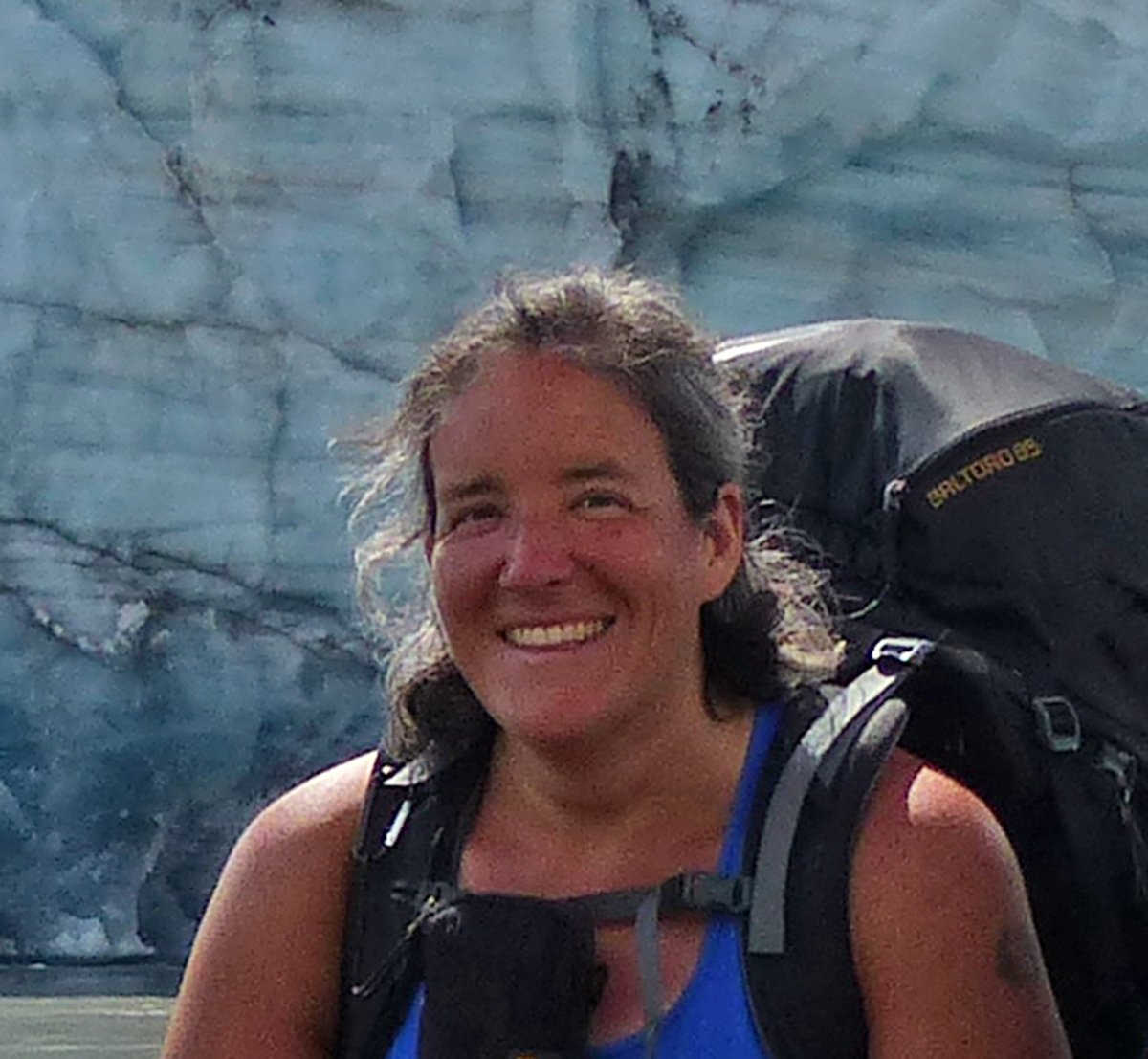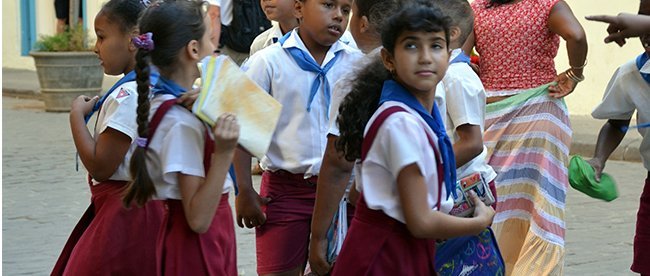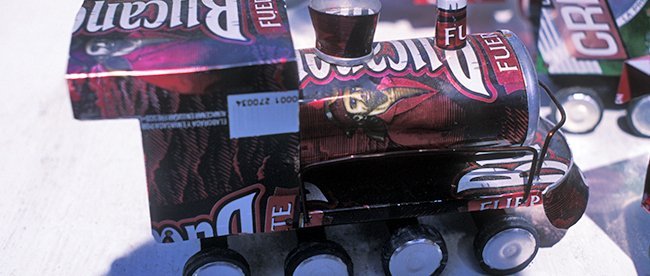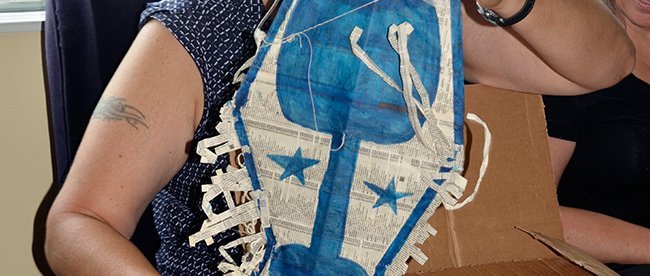
One Peso or Two
John and I were leaving the cemetery in Cienfuego, Cuba when the cemetery attendant told us that the 55-year-old trade embargo against the Cubans had just been buried by the Americans. The attendant rejoiced, as did many locals who dealt with tourists because tourists brought in the much-needed foreign currency. But many locals we came across that day were pensive, concerned that they’d lose some of the social privileges they had fought so hard for as a nation.
We walked discussing some of the possible losses such as the erosion of the education system or the abolition of free medical care. Then we came across a fenced football field and stopped to watch a group of young boys, all about ten years old, playing with a kite — one that looked like they’d made themselves.
I like Cuban kids. In Mexico, Central America, Bolivia, Peru, Nepal, India and so on, when you travel independently as we do, you see a lot of sick and abandoned kids. Hungry kids, kids with dislocated hips, clubfeet and unrepaired cleft palettes, kids with rotting teeth caused from too much pop. These kids don’t get an education. They must concentrate on obtaining food and shelter, mostly by begging, sometimes shining shoes or working in factories.

In Cuba all the kids are cared for even if some parents are neglectful. All kids must go to school until age 16 and this law is strictly enforced. The kids wear government provided uniforms, receive medical and dental care, and lunches, which include milk.
What they don’t have are store-bought toys and electronic gadgets. Instead they improvise or make their own. Sometimes their baseballs are made from a rock wrapped in string and their bats are a 2 x 4 cut to the correct length. Sometimes they collect plastic glue bottles and caps to make trucks or airplanes and sometimes they use an orange crate and attach discarded wheels to make a wagon.

Leaning on the fence, we watched the kite catch the wind and I could see that the tail was made from cut up fabric, knotted together every three feet or so.
I thought about my hiking friend Deb Hazell who loves kites and in celebration of summiting a mountain, she often pulls a kite out of her pack and flies it over the heads of others puffing up the side of the hill wondering where she gets her strength and energy — energy like that of the small herd of Cuban boys running around handling the kite.
Deb would appreciate a distinctive kite I thought, and likely such kites would become a rarity. Because the embargo was lifted, the markets would fill with manufactured toys that would be a novelty and the desire of every youngster in Cuba. The homemade treasures would fall by the wayside.
John and I walked over to the boys, which caught the attention of those still in the field. The little guy holding the kite wore a baseball cap that his mother had obviously just washed. He looked up at me and said, “Buenas.” No smile. Tourists away from the resorts are rare and therefore intimidating.
“Hi,” I said, in my street Spanish. “What a lovely kite you have.”
The baseball cap nodded.
“Se hizo a casa?” I asked pointing at the kite. “Is it homemade?”
Another nod.
“Tu lo hiciste?” “You made it?”
By now the boys from the field were crowded around me and my kite bearer.
“Como se llama?”
“Renaldo.”
“Soy Viva.”
I got a shy smile but still no conversation.

I examined the kite but didn’t take it from him. The frame was made of split bamboo and covered with two pages of a telephone book. Painted on the paper was a large, blue wine glass and some stars. Glued around the edge was a fringe of cut strips from other pages of a phone book. The tail of the kite was a ball of ripped bed sheeting about an inch in diameter.
Judging by how the kite flew I guessed it was made just right.
“Would you sell me your kite?”
Renaldo looked both surprised and unsure. Then he nodded in agreement.
“For pesos or CUC?”
If I paid in CUC, the tourist currency, it would be worth 25 times more than the Cuban peso.
Renaldo looked puzzled but his friend whispered, “CUC.”
“One or two?”
“One?” he turned to look at his friend. His friends tightened the circle. They all looked unsure.
“Two, of course,” I said and pulled some cash out of my daypack. I handed Renaldo the money and he smiled, and said a heart-felt “Gracias.” His friends cheered. But he still hadn’t handed me the kite. Instead he unhooked the ball of leader string and rolled it tightly around his stick. He placed that in his hind pocket and handed me the rest of the kite. I wasn’t sure why the leader string wasn’t included but I didn’t want to ask.
I thanked Renaldo and left with my prized purchase in hand, far more excited, I thought, than Renaldo was with his windfall.
John and I found some cardboard near the market while walking to our casa particular (B & B) and safely packaged and taped it so we could get it home and give it to Deb.
